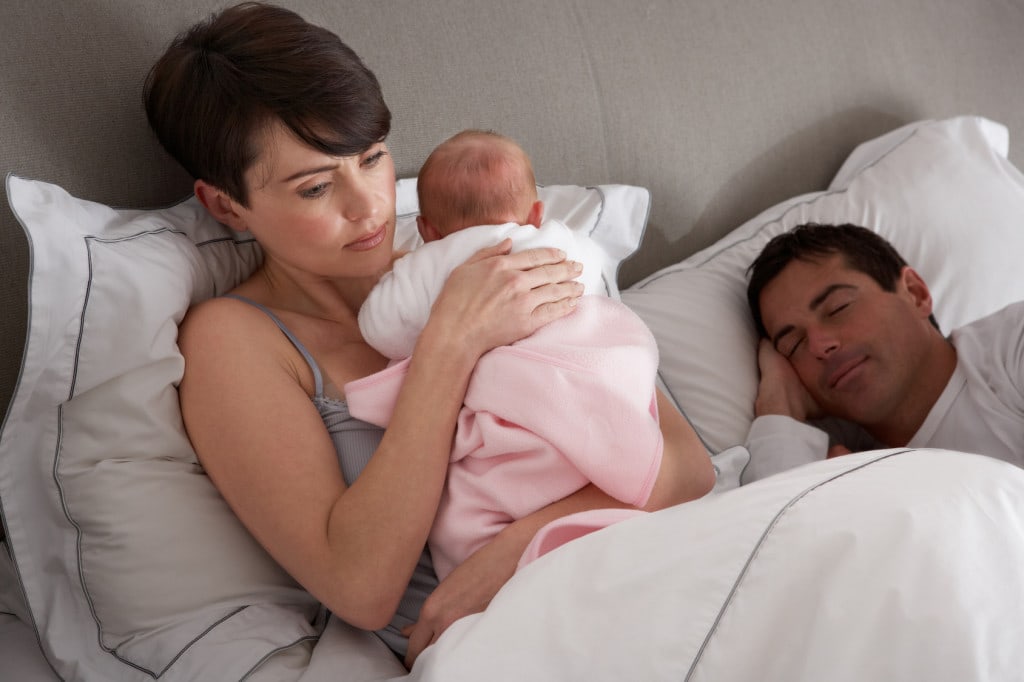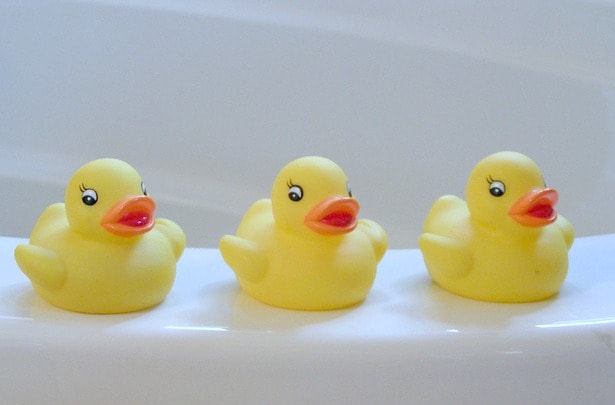Related Posts
To The Strangers Who Criticize My Parenting
It doesn’t happen often. Thankfully, in fact, it is quite rare. Nonetheless, every now and then, I’ll be…
A Letter To My Pregnant Self About Marriage
To: My Pregnant Self, Congratulations on making it this far without killing anyone. REALLY. You’ve had a…
Need to Work vs. Maternal Instinct: the Plight of one SAH, Soon to be Working Mom
Maybe plight is a strong word, but there is a dissonance that exists between the need to contribute…
How to Have a Relaxing Bath with Kids in 22 Easy Steps
Lately, my body hates me. I won’t get into my medical history, but my body aches, cramps and…










Oh, mine seem to forever want what the other has simply because the other has it! There are definitely moments I just want to pull my hair out. 🙂 Love the man’s explanation to his daughter though, especially the last sentence.
Sasha, I can so totally relate to wanting to pull your hair out when they are going at it like cats and dogs (sorry, another pet analogy 😛 ). The last line was the clincher for me too <3
That is such a great lesson! I love Louis CK!! I may have to borrow this soon! Also-I have nominated you for a Liebster Award, details at http://wp.me/p4GEMv-8Z
I love Louis CK too. Feel free to borrow away. And, I will check out the nomination. Thank you so much!
I’m going to have to use that lesson about your “neighbor’s bowl.” What a great post!
I LOVE this Alana!! What an important lesson…one I need to start teaching now. Thank you for sharing this!!!
Thank you, Rachael! It’s one that I think is so important <3